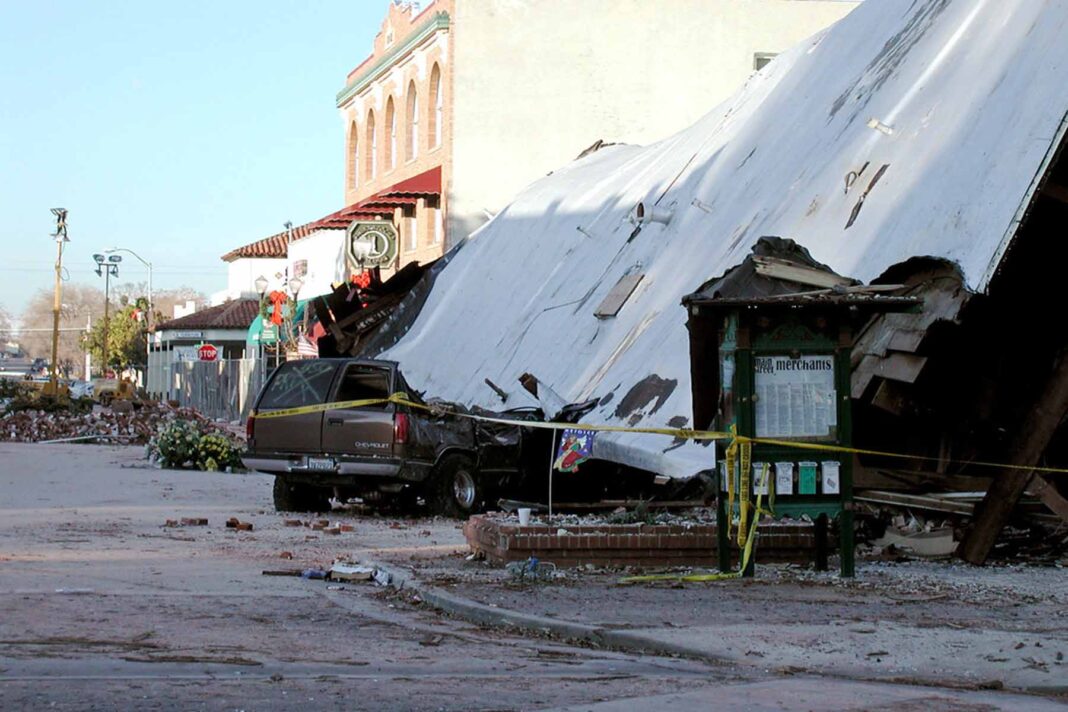California Earthquakes Overview
California, known for its seismic activity due to its location along major fault lines, experienced several notable earthquakes in 2003. These seismic events varied in magnitude and impact but collectively underscored the ongoing risk of earthquakes in the region and the importance of preparedness and mitigation efforts.
San Simeon Earthquake
One of the most significant earthquakes in California in 2003 was the San Simeon earthquake. Occurring on December 22, this earthquake had a magnitude of 6.5 and struck near the town of Parkfield in San Luis Obispo County. The quake caused widespread damage to buildings, infrastructure, and roads in the affected area, particularly in communities such as Paso Robles, Atascadero, and Cambria.
Details and Impact
The San Simeon earthquake caused significant structural damage, with reports of collapsed buildings, shattered windows, and toppled chimneys. Historic landmarks and structures in downtown Paso Robles suffered extensive damage, highlighting the vulnerability of older buildings to seismic activity. Tragically, the earthquake resulted in loss of life and injuries, with emergency responders working tirelessly to rescue survivors and treat the injured.
Response Efforts
In the aftermath of the San Simeon earthquake, local, state, and federal agencies mobilized to coordinate response and recovery efforts. Emergency shelters were established to provide temporary housing for displaced residents, while search and rescue teams combed through debris to locate survivors. The Federal Emergency Management Agency (FEMA) provided financial assistance and resources to support recovery efforts and help affected communities rebuild and recover from the earthquake’s impact.
Aftershocks and Preparedness
Following the San Simeon earthquake, the region experienced numerous aftershocks, further adding to the challenges faced by affected communities. These aftershocks served as a reminder of the ongoing risk of seismic activity in California and the need for preparedness measures. Efforts to strengthen building codes, improve infrastructure resilience, and enhance public awareness of earthquake safety continued in the years following the earthquake to mitigate the impact of future seismic events.
Conclusion
The earthquakes in California in 2003, particularly the San Simeon earthquake, highlighted the ongoing risk of seismic hazards in the region and the importance of preparedness, mitigation, and response efforts. While each earthquake had its unique characteristics and impacts, they collectively underscored the need for continued investment in earthquake resilience and public safety measures to protect lives and property in earthquake-prone areas.











